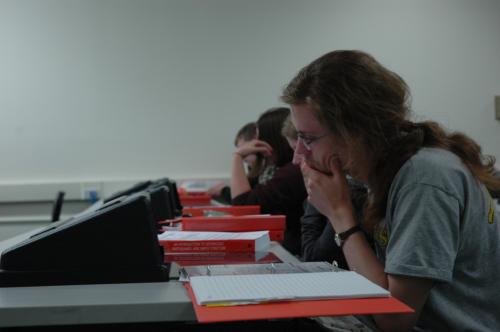Technology
Market
Products - Theory Pressure
To begin our investigation of pressure sensors, we first must consider
the physics on which the technology is based.
Basic Physics of Pressure Sensing
Static Pressure. Pressure, P, is defined as force, F, per unit area, A:
| P = F/A | (1) |
The measurement of pressure is generally associated with fluids, either
liquids or gases. A container filled with a liquid (see Figure 1) has a
pressure (due to the weight of the liquid) at a point in the liquid of:
| P = |
(2) |
where:
| h | = distance from the surface to the point |
| w | = weight of the liquid (most liquids are nearly incompressible) |
 Figure 1. The pressure at any given point in a confined liquid is determined by the weight of the liquid and the distance from the point to the surface. |
The weight per unit volume, V, is given by:
| w = mg/V | (3) |
where:
| m | = mass |
| g | = gravitational acceleration |
Note that this relation can be used to determine the height of the column
of liquid in a tank by measuring the pressure.
The density, ![]() , is given by:
, is given by:
| |
(4) |
Thus, the density of a liquid determines the pressure, P, exerted for
a given height. Mercury is 13.6 3 denser than water, so would exert a pressure
13.6 3 that of water for a column of the same height. It should be noted
that the pressure due to the height of a column of liquid is in addition
to the atmospheric pressure acting on the surface of the liquid. The height
of a column of liquid is:
| h = P/ |
(5) |
Archimedes's principle states that "A body wholly or partially submerged
in a liquid is buoyed up by a force equal to the weight of the liquid displaced."
Given a block of material submerged in a container of liquid (see Figure
2) with area A and length L, the downward pressure exerted on the top face
is:
| PD = h |
(6) |
 Figure 2. Archimedes' principle states that an object submerged in a confined liquid will be buoyed up by the weight of the liquid it displaces. |
and the upward pressure exerted on the bottom face is:
| PU = (h + L) |
(7) |
giving a resultant pressure of:
| PU - PD = L |
(8) |
and the force is equal to the volume of the block multiplied by the weight
of the liquid displaced.
A liquid exhibits nearly no shear stress, which leads to some interesting
results. Pressure is transmitted to the inside of a container normal to
the surfaces, a fact that can be most easily proved by punching a hole in
a container of water and observing the stream as it exits the hole (see
Figure 3). This is important in the construction of dams, given
that they must resist the force of water. This pressure is called the static
pressure.
Pascal's law states that an increase in pressure at any point in a liquid
results in a like increase at every other point in the liquid. This principle
is used in hydraulic systems such as jacks and automobile brakes and is
the fluidic equivalent of the principle of the lever, which allows large
forces to be generated easily by trading large movement of a small piston
for small movement of a large piston (see Figure 4).
 Figure 4. Pascal's law states that an increase in pressure at any point in a liquid causes a corresponding increase at every other point in the liquid. |


